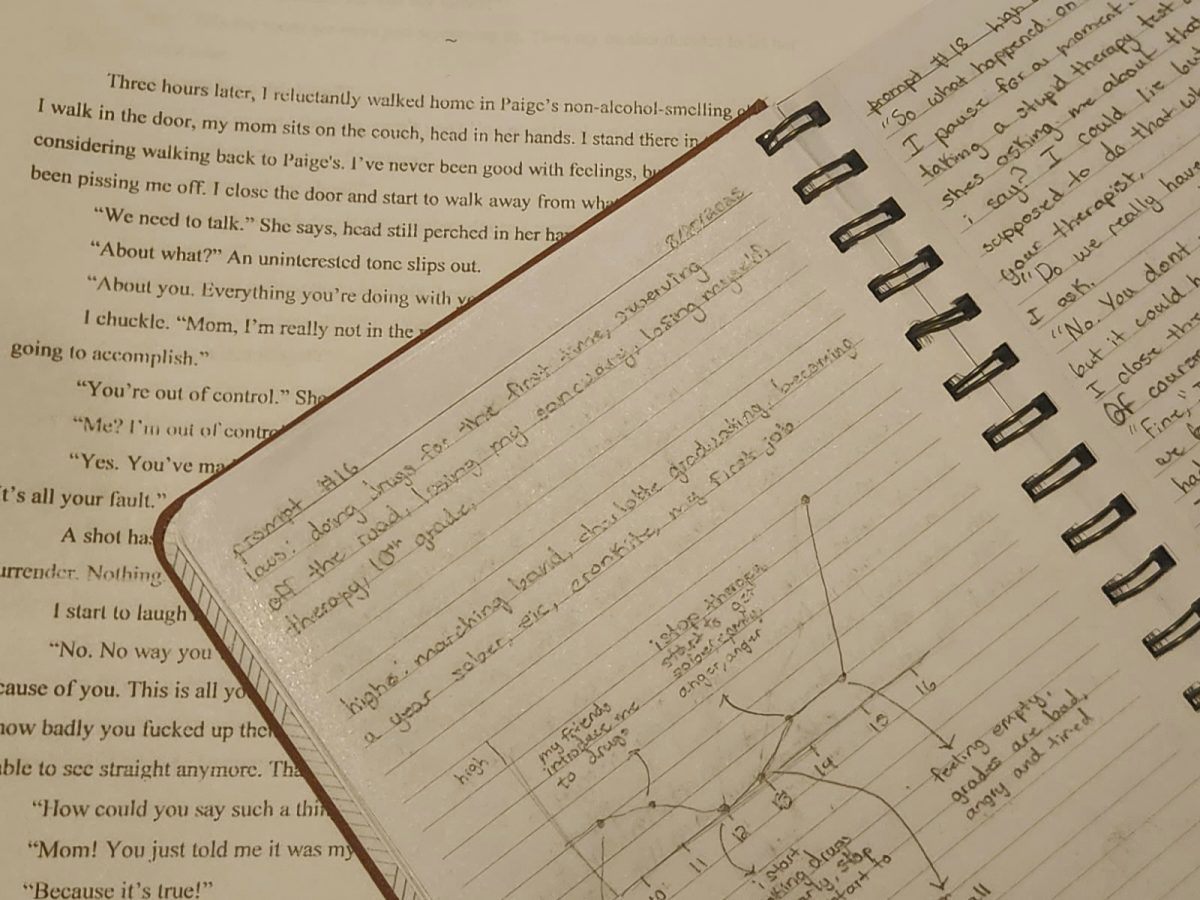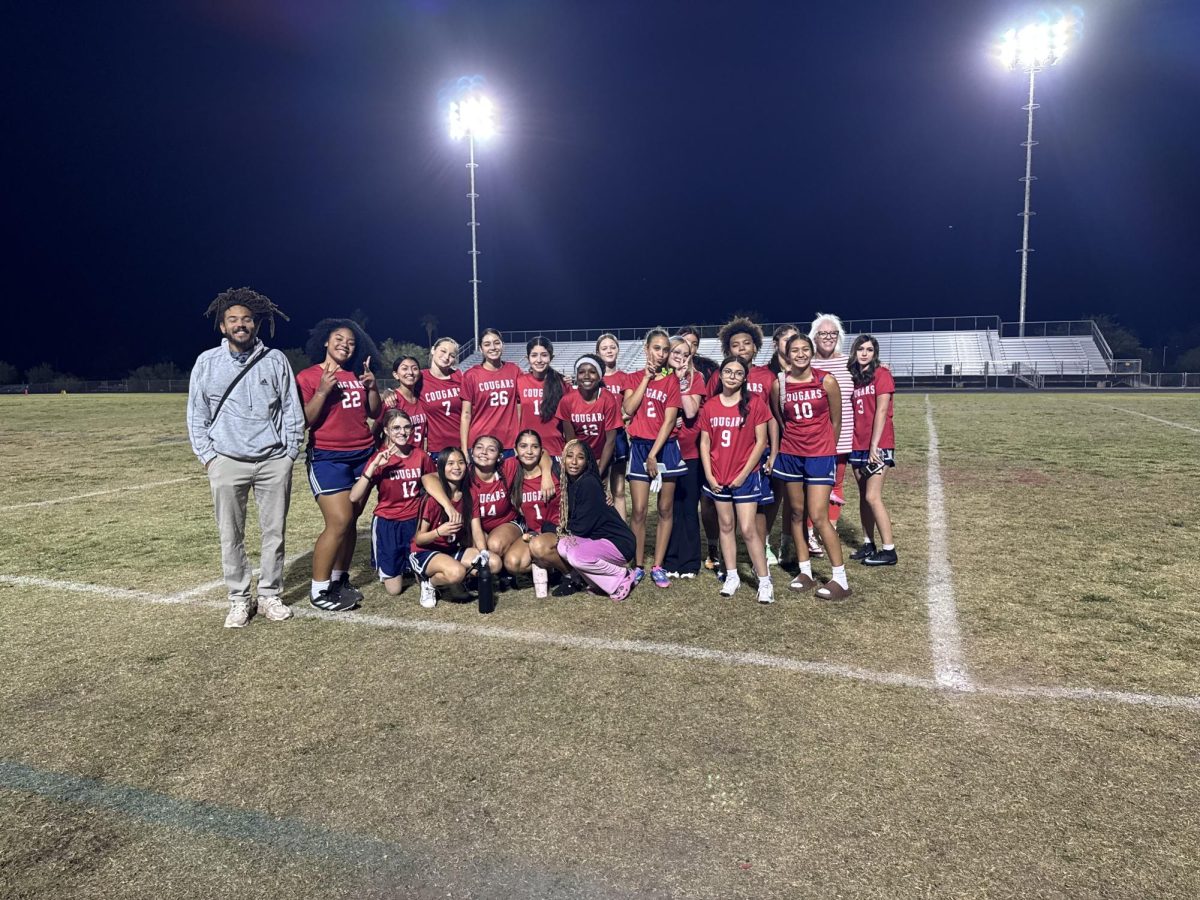The Pledge of Allegiance was written in 1892 by a Baptist minister named Francis Bellamy who wrote the pledge by request of The Youths Companion, which was a weekly magazine for children that encouraged religious and patriotic virtues.
Prior to the publication of the pledge, public schools in NY had more immigrant children enrolled than children born in America, and to some people, this was a serious issue – people like James Upham. James Upham was an employee for The Youths Companion, and he believed that immigrant students were incapable of becoming true “Americans”. So, to solve this “crisis” Upham constructed a campaign called “Raise the Schoolhouse Flag”. This campaign placed over 30,000 flags in schools, and later when Francis Bellamy joined, he wrote the pledge for the campaign.
Up until 1943, students were required to stand for the pledge, but when a few children of Jehovah’s Witnesses refused to stand up, the 1943 case of the State Board of Education v. Barnette was born. The case ended with the conclusion that forcing students to stand obstructed the First Amendment.
Since then, people’s opinions on the pledge have developed and broadened and this article will give insight into some of Sahauro’s staff and student’s opinions.
Sophomore student David Gill says that he firmly stands for the pledge. David states that although the U.S. has done bad things, he believes that the U.S. is still a “stand-up country”. When posed with the task of explaining his feelings towards those who don’t stand, David says, “It’s slightly disrespectful for the people that died for the flag, but this is America and if you chose not to stand, then that’s your right.” He also says that it would be disrespecting the flag if people weren’t allowed to sit because the flag represents freedom.
Mr. Johnson, English teacher, said that growing up he would stand for the pledge, “but once I learned the overall history of the pledge and how so many of American foundations were rooted in racist ideologies, such as the pledge, I quit standing.” Mr. Johnson stated that for the first month, he would try to enforce silence out of respect for those who do honor the pledge. “I would tell my second period that if this is something you want to do, by all means, go ahead, and if anyone tries to judge you then me and that person will have words.”
Surenady Payne is an Afro-Latina student here at Sahuaro. She believes that standing for the pledge should one-hundred percent be a personal decision. Surenady stated that she does not stand for the pledge because she personally believes that this nation has not benefited her. Surenady expressed that every day she feels the weight of her disadvantages and is constantly having to prove to herself and to others that she belongs. Surenady clearly voiced her indignation towards the last line of the pledge which reads “with liberty and justice for all” by saying that these are just words with no action to back them.
Ms. Good, English teacher, shares that in school she never said it although students were forced to say it. “I’ve always been resistant to anything that has been forced.” She says that now that she is in a position of authority, she wants to show students that they don’t have to do it. “I’m just not nationalistic in that way, I’m just a very questioning person.” Ms. Good says that she wants to model an example for students to think for themselves.
Mr. Ortiz, Math teacher, says, “Having grown up in the military and been in the military, that’s part of flag ethics. Anytime the flag walks in front of you, you’re supposed to stand up and put your hand over your heart. Anytime the National Anthem is played, same thing. There were people who died for the flag we have today, so because of that we stand not just to honor the flag and the country but also those who died.” Mr. Ortiz says that there is this stigma that people are forced to have to stand, but that is simply not true. Ortiz says that not only did people die for the flag, but they died for people’s freedom and that includes the freedom to stand or not to stand for the pledge.
Mr. Lopez. Science teacher, says, “I put the flag on my board, and I will stand up and face the flag, and that way the students can do whatever behind me.” Mr. Lopez explains that he does this so that his students don’t feel pressured to stand just because he does.
Mr. Echols, Health teacher, says that when he stands for the pledge he wants to “respect everybody who’s fought for this country, and for us to live in a free country.” Mr. Echols expresses his irritation towards those who sit during the pledge by saying, “I don’t like it, I think it’s very disrespectful, but it’s their own personal choice. I can’t make them stand, but I think there are some people that don’t stand that don’t know the reasons that they should be standing.”
Mr. Alan, Social Studies teacher, says that standing for the flag reaffirms our loyalty to our country and our flag. Mr. Alan encourages his students to stand up for the pledge, but he also says that “as an American, I also support their right to not do it”, and “Their right to protest it does not infringe upon the rights of those who want to take the pledge. The flag represents everything that is pure – life, liberty, and the pursuit of happiness. We as a society have not lived up to that. The flag is perfect, the flag has never done anything.”
Some believe that The Pledge of Allegiance is simply outdated, particularly with its mention of God. It was created to Americanize schoolchildren who were immigrants, separating them from their culture. Many students who sit, take issue with the phrase “Under God” which was added by former President Eisenhower during the Red Scare, a time when capitalist America looked down upon “godless” communism. Everyone interviewed seemed to have a strong personal opinion on why they either stood or did not, but regardless, as Americans, we all have the freedom to make that choice on our own.

























Mr. Haynes • Dec 7, 2023 at 2:17 pm
This is the best article I have read on the Paper Cut! Excellent job!
Terri Montgomery • Dec 6, 2023 at 10:13 am
This is a well written, very balanced presentation of the subject matter. Credit to Miss Montgomery who has managed to present both sides of the discussion, leaving room for every American to choose their philosophy according to their personal beliefs.